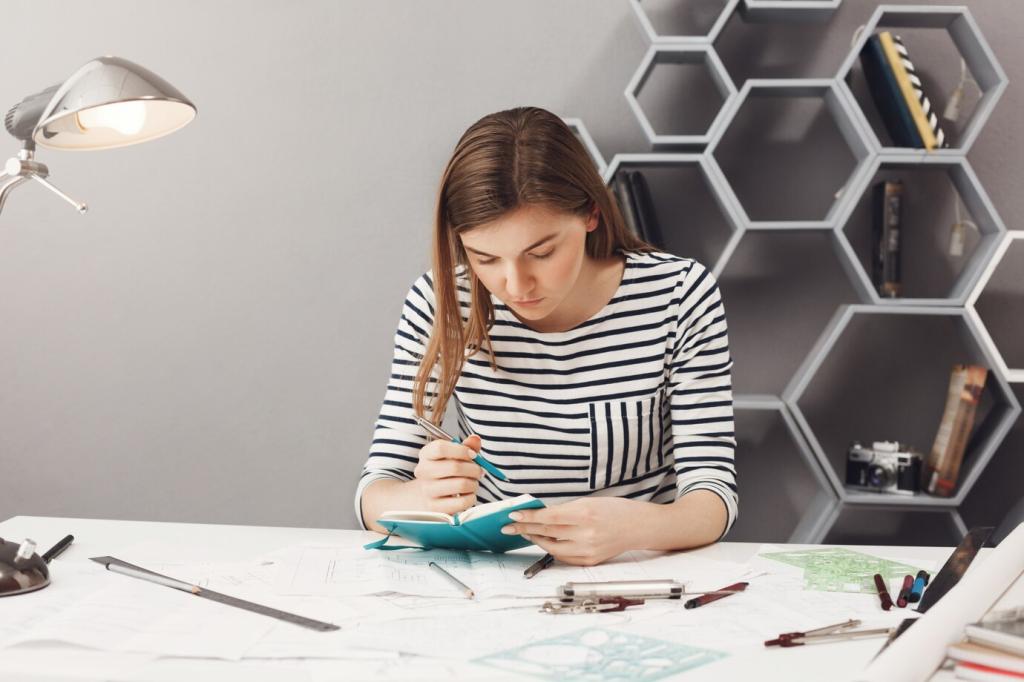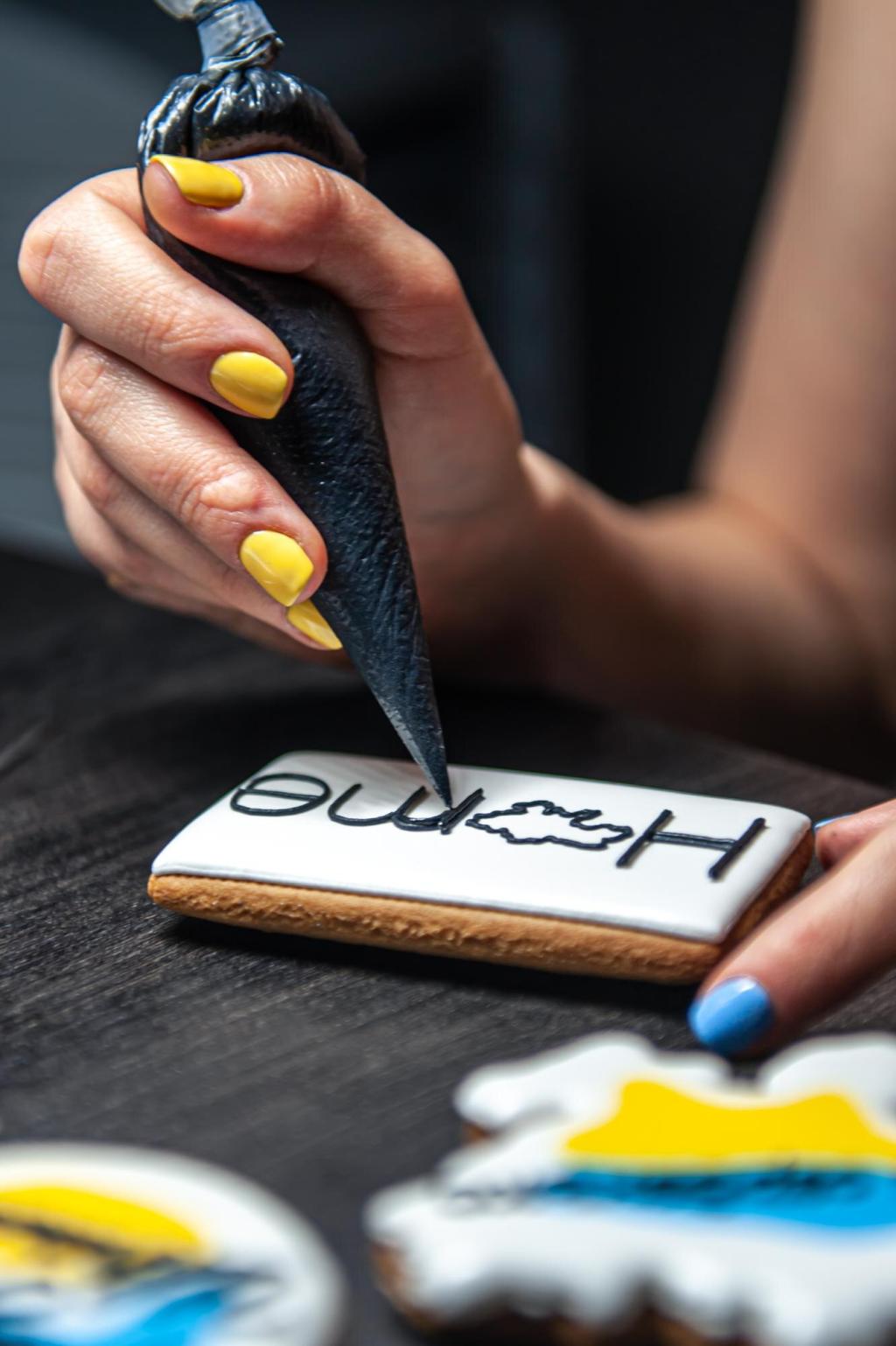Creative Copywriting Strategies for Interior Design Blogs
Chosen theme: Creative Copywriting Strategies for Interior Design Blogs. Step into a space where words arrange like furniture—welcoming, intentional, and beautifully functional. Let’s craft copy that frames light, guides attention, and turns casual scrollers into devoted subscribers who feel at home in your story.



Storytelling That Rooms Can Wear
Begin at the doorway and move through a space as your reader would. Use sensory markers—cool brass under the fingertips, morning light edging the textiles—to build momentum. A clear path keeps readers scrolling and imagining their own journey.
Every strong design story includes a problem, a decision, and a reveal. Maybe storage swallowed character, or light was wasted by heavy drapes. Show the decision point, then reveal the transformation with crisp, concrete details that feel inevitable and delightful.
Share a small, honest moment: a client whispering that the new reading nook feels like a vacation. Tiny truths anchor big claims, making your expertise believable. Invite readers to reply with their dream corner, and promise a future feature roundup.

Sensory Language That Shapes Space
Swap vague adjectives for tactile descriptors: chalky limewash, tight boucle, matte oak, velvety midnight paint. These words do double duty—evoking sensation and signaling design fluency—so your blog reads like a carefully layered finish schedule.


Sensory Language That Shapes Space
Treat daylight like a supporting character with moods: soft, slanting, brash, or filtered. Describe how morning cools marble, or dusk warms walnut. These micro-moments give readers a cinematic sense of time, place, and intention within your projects.
SEO That Never Dilutes Your Style
Cluster Around Real Questions
Build topic clusters from authentic client queries: small apartment storage ideas, warm minimalist living rooms, durable kid-friendly fabrics. Answer fully, interlink thoughtfully, and let each post earn its place like a well-chosen accent chair.

Visual-Copy Harmony
If the photo shows a kitchen, the caption should spotlight the quiet genius: a recessed rail for herbs, a shadow gap that frames light. These lines elevate your eye and teach readers how to notice what sets your work apart.
Visual-Copy Harmony
Treat a pull quote like a sculptural sconce: placed for impact, sparingly used, and warm with personality. Choose lines that express your philosophy—comfort has a structure, quiet can be designed—to create emotional resonance and shareable snippets.



Calls to Action That Feel Like Design Advice
End each post with something actionable and light: Pin this palette for later, Download our room-measuring checklist, or Comment with your lighting pain point. Small steps build momentum and signal that you respect your reader’s time.
Calls to Action That Feel Like Design Advice
A calm, reflective project reveal calls for a gentle invitation—Subscribe for quiet design ideas—while a how-to post can carry more energy—Try this layout in your living room today. Mood alignment prevents jarring transitions and keeps trust intact.
Case Studies That Convert Without Hard Sell
Open with the client’s life, not just the floor plan: morning routines, storage struggles, and what comfort means to them. This narrative foundation transforms measurements into meaning and keeps prospects picturing their own lives in your process.
Outline phases—discovery, concept, sourcing, installation—and include one candid challenge you solved with grace. Readers respect pros who communicate constraints clearly and still deliver beauty, function, and a timeline that feels humane.
Quantify relief and delight: five minutes saved each morning, fifteen percent more usable storage, a reading habit rekindled. Pair metrics with a sensory sentence to make the outcome land: Sun pools where the armchair waits, book open.
